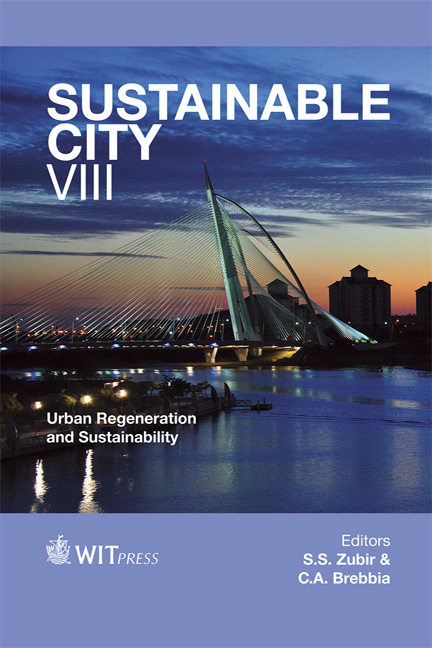Spatial Equity: A Parameter For Sustainable Development In Indigenous Regions
Price
Free (open access)
Transaction
Volume
179
Pages
8
Page Range
1343 - 1350
Published
2013
Size
56 kb
Paper DOI
10.2495/SC131142
Copyright
WIT Press
Author(s)
J. Buhangin
Abstract
Spatial equity is an ambiguity. In a physical sense it can be the equitable development of land use. In a socio-economic sense it can refer to the equitable flow of goods and services from one spatial arena to another. But in both senses, this paper contends that spatial equity is a parameter for sustainable development especially in indigenous regions. Spatial equity can, therefore be defined as both a process and an outcome. As process, it involves the redistribution of the overall resources and development opportunities and/or the optimization of endemic or locally existing resources and development opportunities in an indigenous region or area by either the physical integration of all political spaces within it through a planned and rationalized system of physical infrastructure or by the social integration of the same spaces through a network of communicative devices based on indigenous socio-political structures enhanced by electronic technology. As an outcome, it envisions an indigenous region or area where such redistribution or optimization is achieved and sustained through an integrated indigenous socio-political structure, that is, through networked ethnicities such that peripheral spaces, formerly neglected or lacking prioritization, are given equal chances as the center to develop culturally, economically, and politically. This paper looks for a [re]definition of spatial equity through the lens of sustainable development. Keywords: spatial equity, sustainable development, indigenous regions.
Keywords
Keywords: spatial equity, sustainable development, indigenous regions.





